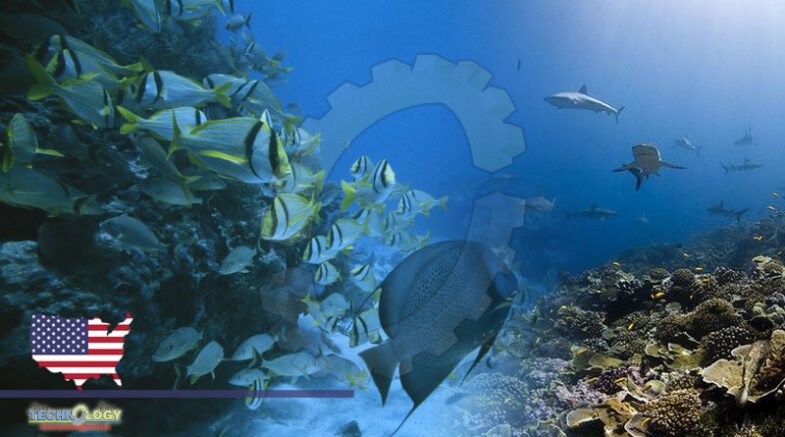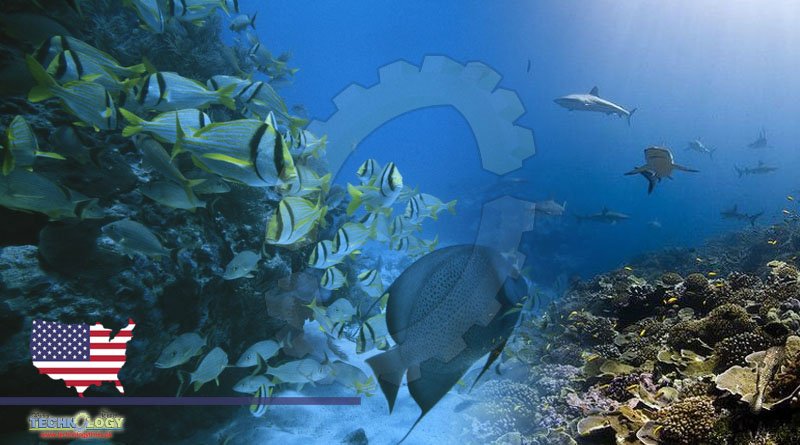Led by Oregon State University researchers, more than three dozen scientists from around the globe have produced a guide to help nations better plan, evaluate and monitor marine ecosystem areas set aside to safeguard ecosystems and support a healthy ocean.

Led by Oregon State University researchers, more than three dozen scientists from around the globe have produced a guide to help nations better plan, evaluate and monitor marine ecosystem areas set aside to safeguard ecosystems and support a healthy ocean.
“The MPA Guide: A Framework to Achieve Global Goals for the Ocean,” published today in Science, is the culmination of decades of work by hundreds of scientists and stakeholders and establishes a structure for “an evidence-based understanding of where we stand on ocean protection,” said Kirsten Grorud-Colvert, the lead author.
“The benefits from marine protected areas are key for our future,” said Grorud-Colvert, associate professor of integrative biology in the OSU College of Science. “The MPA Guide provides, for the first time, a way to track those benefits using a unified structure, shared language and consistent approach. With this clarity, we can monitor our global progress and identify the science-based actions required. We need to ensure marine protected areas are set up for success in combating the devastating consequences of human overuse, including the loss of biodiversity we need for healthy ecosystems and human well-being.”
Forty-two marine scientists — experts in natural science, social science and policy – from 38 institutions on six continents came together to create the MPA Guide. The guide categorizes each area in one of four levels of protection – fully, highly, lightly or minimally protected – tracks whether planned protections have been activated, details the important social and ecological conditions that make an MPA successful, and determines the benefits a given MPA is likely to deliver.
Two years ago at the annual Our Ocean Conference, an analysis led by Grorud-Colvert and OSU colleague Jane Lubchenco, now on league serving as deputy director for climate and environment in the White House Office of Science and Technology Policy, outlined recommended actions for world leaders making ocean protection commitments. The Our Ocean Conference was established in 2014 under the leadership of John Kerry, then the U.S. Secretary of State, and brings together global leaders of governments, industry, youth and civil society to tackle problems that threaten the health of the Marine Ecosystem.
Among the analysis’ recommendations were ensuring that protected areas were designed, monitored and managed so they can achieve intended results. It also reinforced the need for an effective online reporting tool to clarify and track progress on ocean commitments.
“Once an MPA has been created well with key social and ecological enabling conditions in place, the level of protection largely determines the outcomes – the conservation, human and climate benefits an MPA can provide,” said OSU postdoctoral scholar Jenna Sullivan-Stack, a co-author of both the MPA Guide and the analysis. “We want to be really clear on the link between protection levels and outcomes as the world pushes toward getting more and more areas protected effectively.”https://f01f91dcd6247e8a985bba5172a059be.safeframe.googlesyndication.com/safeframe/1-0-38/html/container.html
The MPA Guide comes at an important juncture as countries prepare for a key gathering next year – the Convention on Biological Diversity Conference of the Parties – and for negotiations on a target document whose current draft calls for protecting at least 30% of the ocean by 2030.
While marine protected areas are a key tool for ocean conservation, they are far from equal, Grorud-Colvert notes. They come with various goals and regulations, and thus the outcomes vary as well.
“This variety causes a lot of confusion,” she said. “Some allow fishing and aquaculture and others don’t. Some are included in official tallies of global MPA coverage even though no protections have happened in the water yet. There are mismatches between what an MPA is expected to accomplish and the actual outcomes and there have been inaccurate numbers regarding how much protection actually exists.”
By providing the science, evidence and framework to categorize marine protected areas and track their progress, the MPA Guide aims to provide the tools and guidance needed to ensure MPAs are designed to come through on their biodiversity goals.
“The MPA Guide reflects a collective ambition to find unity in language and consistency in approach to conserving biodiversity in the global ocean,” said co-author Naomi Kingston of the United Nations Environment Programme World Conservation Monitoring Centre. “With it, we can bolster international dialogue and collaboration and provide the transparency we need to assess protected areas and ensure they are designed to deliver the best results for restoring biodiversity.”
In addition to Grorud-Colvert, Sullivan-Stack and Lubchenco, Oregon State’s Vanessa Constant and Ana Spalding also contributed to the MPA Guide project. Constant is a recent integrative biology Ph.D. graduate, and Spalding is an associate professor of marine and coastal policy in the College of Liberal Arts.
Source Till Mook
